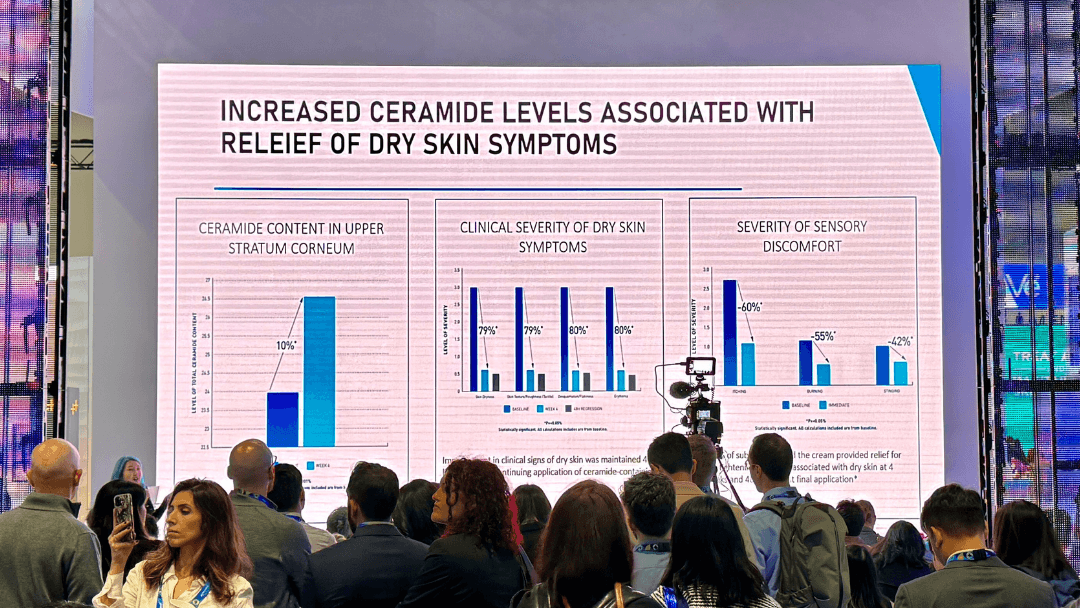This is the first blog in Jon Ellms’s “Advocacy Through Access” series. To follow along, be sure to check out the Advocacy Through Access category on our blog menu.
When the American Academy of Dermatology meeting opened in Spring 2024, professional attendance increased ~ by 10% compared to 2023. With a few exceptions, attendance at most national medical conventions is at or above pre-pandemic levels, and for those of us who believe in (and depend on) the value of the medium, robust attendance is proof of the industry’s resilience—and a huge relief.
But it’s not all rainbows and unicorns. Significant labor shortages, shockingly high and wildly unpredictable cost increases, especially among general contractors and facilities, are wreaking havoc on budgeting and planning, making it difficult for marketers to set realistic expectations with leadership, and fueling cynicism in executive suites.
This is nothing new. At medical conventions, the pace of innovation has always ebbed and flowed at the hands of opposing forces: the yin of patent windows, opportunistic product marketers, and ever-eager agencies, and the yang of risk-averse compliance teams and cautious show managers. And while budget is our industry’s boogeyman, it’s usually risk aversion and the time and effort required to overcome it that yield the truly remarkable work that propels our industry. Successes on the show floor are immediately visible, inspiring other exhibitors to innovate, and the flywheel accelerates.
As our industry emerges from pandemic-era cautiousness, the flywheel is spinning faster than ever, revealing new ways to create engagement with data-hungry and hard-to-reach clinicians. In this series, as advocates for the value of the medium, we will examine some of those tactics for maximizing their investment in conventions in 2024.
Prioritizing Engagement and Education
While most exhibitors voluntarily or involuntarily dialed down promotional excess on the show floor in the early 2000s, it wasn’t long before marketers and their agencies found new ways to create engagement compliantly without relying on gifts to physicians. This major shift resulted in a new generation of colorful art installations, imaginative catering options, and an abundance of digital media.
The next big shift is upon us, predicated on the notion that exhibits are forums for idea exchange and relationship building vs. structured selling and that substantive, authentic engagement will naturally happen in an environment that offers creature comforts and on-demand access to clinical data and product information. That’s why we’re focused on the concept of “engagement first.” This meets physicians where they are, engaging more passively at the outset, emphasizing informal conversation, self-guided investigation, and learning over traditional, rote product detailing.
Exhibit designers love this stuff. They paradoxically relish the opportunity to deconstruct their own work, designing for authenticity vs. impact, trading large structures and big graphics for open spaces, clever directional elements, visual focal points, and creative spaces for 1:1 and small group meetings. We’ll dive deeper into the design part of the equation in the future.
But Does It Work?
Whether they measure success anecdotally or more scientifically, most exhibitors measure success by the number and duration of engagements, and by that metric, early adopters of engagement first are understandably seeing great results. Big, open exhibits with comfortable seating and creative food and beverages draw crowds even if the content isn’t relevant to a particular physician.
The cost savings are real, too. Fewer graphics and less structured engagement translate to less structure. In midsize and large exhibits, the savings in transportation, graphic production, drayage, labor, and other “big ticket” costs can easily offset incremental investments in catering and furniture rental.
As a bonus and a well-timed one, going all in on engagement first creates a natural opportunity for exhibitors to reassert their mission and values—including their commitments to sustainability and environmental responsibility and even their commitment to diversity and inclusion—through choices of environmentally responsible materials, furniture, and even catering options. With many exhibitors agreeing that sustainability is important but not knowing where to start, engagement first provides a convenient, self-funded way to get their feet wet.
What’s Next?
Does engagement first work in commercial and medical areas? And what do physicians think? We’ll tackle that question in part II of this series.
In the meantime, what are your impressions of engagement first? Is it the next big step in modernizing the convention engagement experience for a new generation of clinicians who are used to choosing what, when, and how they learn, or an untested (and misguided) retreat from more formulaic (and highly effective) structured experiences? We’d love to hear from you.

